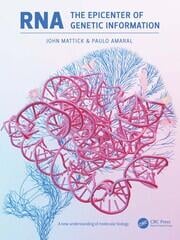ABSTRACT
Developmentally complex plants and animals evolved over the past 1-2 billion years from an earlier fusion of archaeal and bacterial cells, which generated ‘eukaryotic’ cells with internal structure. There were major transitions from unicellular to multicellular organisms, requiring gametic sex and embryogenesis, followed by spectacular phenotypic radiations. The emergence of multicellular eukaryotes was thought to be related to the acquisition of oxidative metabolism, which may have been a precondition, but was more likely empowered by regulatory advances to organize differentiation and development. Changes in ‘heterochromatic’ and ‘euchromatic’ chromatin structure were observed in eukaryotic chromosomes, which suggested that there may be higher-order genomic arrangements and additional modes of gene regulation during plant and animal development. Eukaryotic cells were found to have their DNA wrapped around proteins called histones in structures called nucleosomes, possess centromeres that control cell division, and contain large amounts of ‘heterogeneous nuclear RNAs’ that are not exported to the cytoplasm. Histones were found to be modified in response to developmental cues. Histones, heterogeneous nuclear RNAs and chromatin-associated RNAs were posited to have functions in gene regulation, but these suggestions were ignored, casualties of the patchy data, the conviction that the framework of gene regulation was settled, the difficulty of studying animal cells and the lack of technologies capable of supplying detailed information to make sense of it all.


